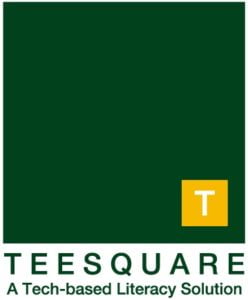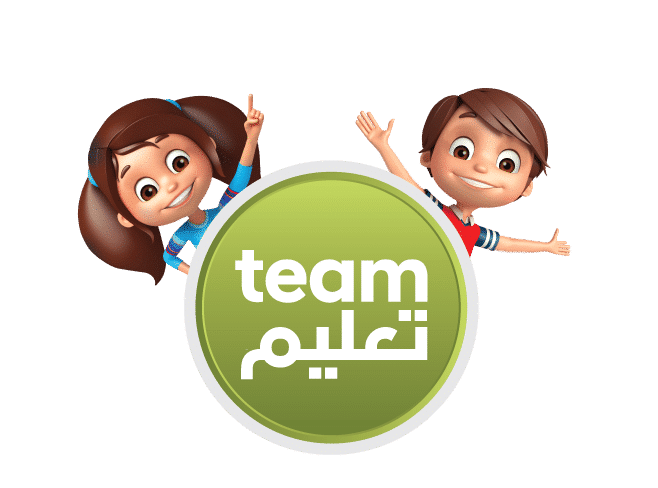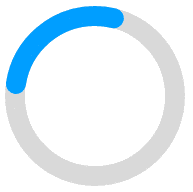Lack of accessible education for our youth is a major concern for Pakistan. According to UNICEF, Pakistan currently has the second-highest number of out of school children aged 5 – 16, making up 44 % of the total population in this age group. Some of the significant barriers between these students and literacy are the high cost of and little accessibility to quality, outcome-based education.
While obstacles to education have been a major topic of discussion in Pakistan, Ed-tech, which started off as a mid-pandemic solution to closing schools, is coming closer and closer to the mainstream. Ed-tech experts, globally and in Pakistan, are further exploring the future of Ed-Tech and its cost-effective, accessible approach to improving literacy rates.
Is Ed-Tech Really Cheaper?
According to the Global Education Monitoring Report 2021-2022 from UNESCO, Pakistan has the second highest household expenditure on education from the South Asian region. On average, families use 57 % of their household income to cover educational expenses. Additionally, with government schools lacking the infrastructure and resources to provide quality education to students, many households prefer private education, despite it being five times the cost of a state school.
Ed-Tech solutions, if appropriately designed, and with an affordable go to market strategy, can significantly ease the financial burden placed on low-income households to educate their children. For example, with Tee Square, a 36-week program in the form of a gamified, digital application, learners can gain KG to Grade 2 level education with half the annual fees of the traditional schooling system. Learners are walked through the material in their local language, they have technical assistance from the TeeSquare team and are monitored on their progress through assessments. Learners are able to do this with the help of community partners who provide them a learning space, a supervisor and ensure standard operating procedures are followed. All this happens without compromise of quality of lessons, as they are standard and digitized.
How Is Ed-Tech Faster?
Using the example of TeeSquare, ed-tech applications and programs can reduce the amount of time it takes for a learner to learn material. By offering access to content offline, at any time and encouraging self-learning through gamified apps or interactive interfaces, learning can be at their pace, at their location of convenience, which brings down many barriers and hence proves to be a faster solution. With TeeSquare, learners can gain KG to Grade 2 level education in 36 weeks instead of the usual 3 years.
Using technology to offer faster, accessible and low-cost quality education to students is not just possible, it is increasingly inevitable. Embracing these alternative methods of education and pushing them further into the mainstream brings us one step closer to a more educated and empowered society.






